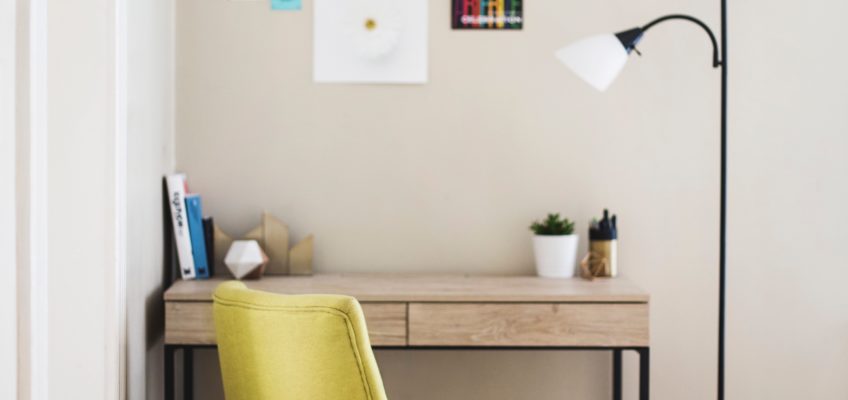It’s possible to limit clutter by releasing or letting go of beliefs that are holding you back and stuck negative emotions. But after you manage this, what next? You may be able to limit these emotions and get back to a neutral emotional state. This is a great thing. However, most individuals who clutter haven’t even thought about replacing their negative emotions with newer, better feelings and beliefs.
You may not realize, but you can have new thoughts and feelings about hoarding and clutter. Especially in the past, our culture has done a great job of portraying hoarders and clutter in the media as if these individuals have some sort of permanent psychological damage. This simply isn’t true.
Clutter is often driven by a pattern of negative thoughts and emotions in the subconscious. Putting on more negativity isn’t going to help this cycle, and it’s likely to make the situation even more negative.
Individuals who Clutter and Hoard are Normal, Smart People
If you’re a hoarder or clutterer, it’s possible that you think no one likes you, that you’re different from everyone around you, or to feel depressed. You may feel that if guests knew how bad your home was, they wouldn’t like you as a person. However, millions of people are hoarders and clutterers.
Individuals who clutter are often quite nice. It’s a factual characteristic, in addition to being smart and creative, with widely varied interests, these individuals are typically nice to be around.
So what do most people think when they hear this? Many of the negative thoughts and feelings come from non-clutterers who simply aren’t used to being around the clutter. None of this negativity helps anyone. When you have a negative thought, you’re only hurting yourself.
Turning Negative Thoughts into Positive Thoughts
First, take time to notice if you’re feeling negative emotions or stress and how they’re affecting you. Next, think of a positive or neutral thought that can replace it. Then, repeat it to yourself every time you’re struck by the negative thought. So, “I’m stupid because I can’t get rid of this clutter” could turn into “I’m an intelligent person who’s working to clear this clutter slowly”.
The “Wandering Butterfly” and “Inchworm” Clean Up Techniques are both great ways to make it easier to clean up a cluttered home. They are great methods to use when you don’t feel like you have it in you to clean up your home, and they still allow you to get something done. To obtain a document with these techniques, click here:
Many individuals who are stricken by clutter or hoarding are able to benefit from these easy, yet empowering techniques. Beverly E. Taylor, otherwise known as “The Clean Up Queen” works with psychology and the mind to make the decluttering process as easy as possible.
